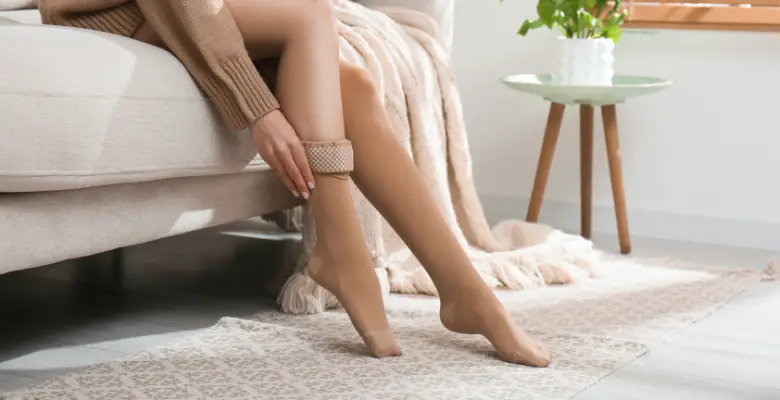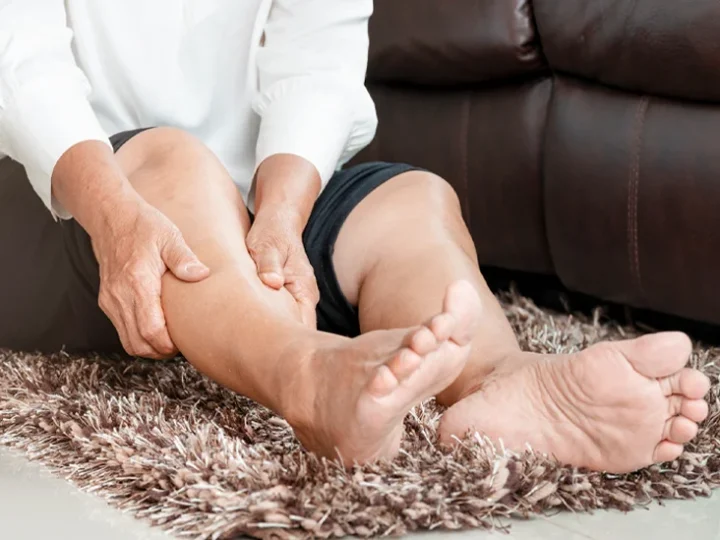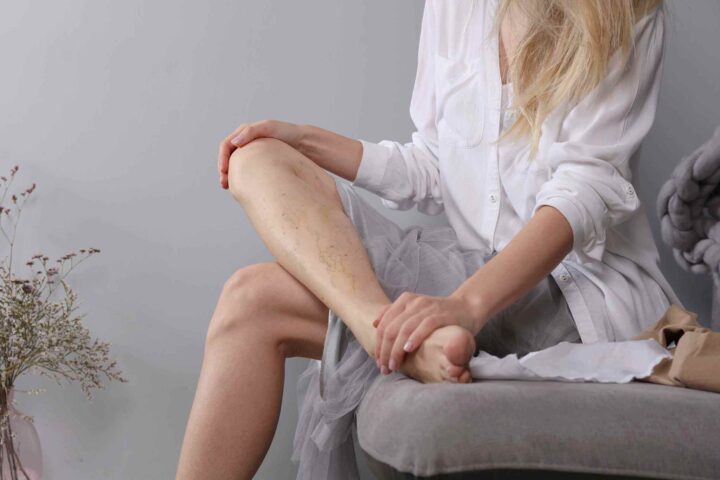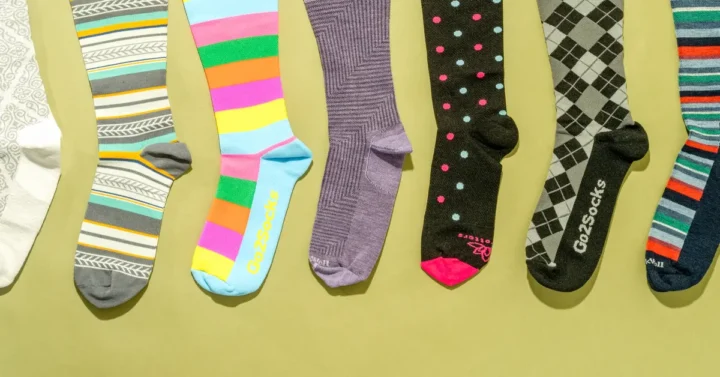Edema Relief: The Benefits of Specialized Socks for Swollen Feet

Many people notice that their legs are heavy and swollen at the end of the day. This is nothing strange considering that we spend hours on our feet. 60 to 70% of the world’s population suffers from some problem that manifests itself in painful, swollen, and heavy legs. Both men and women are affected, and the frequency increases with age. Due to the way of life, wearing inadequate shoes, and the type of work that is done every day, problems also occur in the younger population. The problem of swollen legs gives many people headaches throughout the year, but it is more pronounced in the summer. After a whole day of work and tasks, high temperatures, as much as some enjoy them, can only increase it, and even make daily activities almost unbearable.
What affects the swelling of the legs?

Most leg swelling problems are caused by minor circulation problems that occur when people don’t move enough. However, we must not ignore other factors that lead to leg swelling, and one of them is blood clots, which can be very serious if not treated because they lead to thrombosis, which can cause serious illness and even death. Luckily, you can prevent it in many ways and one of them is for sure by wearing socks for endema about which you can find out more if you visit ecosox.com.
Nutrition is a very important factor in life and directly affects human health. How? It’s very simple – poor nutrition causes fluid retention in the body, which is reflected in the swelling of the extremities. There are many other factors that can lead to leg swelling, and these are just some of the most important.
What can I do to feel better?
What every man should do for himself is to take care of his health as much as he can, and that means taking care of his diet, having regular physical activity, enough sleep and rest during the day.
What if the swelling does happen?
It is always good to consult a doctor, because as we have already said, swelling can occur due to the consumption of salty food, but it can also be an indicator of thrombosis or some other disease. Therefore, it is best to consult a doctor to find out the cause.
Symptoms of sick legs (venous circulation disorder)

In the event of symptoms such as fatigue, cramps, heaviness and pain in the legs, a feeling of burning and itching, along with the appearance of swelling of the ankles, it is necessary to contact the family doctor and perform a detailed examination of the legs and, if it is indeed a question of a venous circulation disorder, determine the appropriate therapy. Until now, it is a common opinion that the problem with veins is mainly related to middle and older age and in the female population. However, this problem can appear earlier in men, as well as in women. Therefore, it is important not to ignore symptoms that indicate a possible problem with venous circulation.
The cure

The remedy for tired and swollen legs is definitely rest. In some cases, the doctor can prescribe physical or medication therapy, and specialized socks are often helpful. The compression helps the tiny valves inside the vein work better and encourages better blood flow back to the heart. In this way, blood pooling in the lower extremities is prevented and even reduces the risk of dangerous blood clots. These socks are designed to support the legs, reduce the diameter of the veins, and the amount of blood that returns down the leg and keep the disease under control. Vein stockings (medical compression stockings) are designed to support the legs, reduce the diameter of the veins and the amount of blood returning down the leg and keep the disease under control.
Compression level
When choosing socks, the degree of compression is very important, which is measured in millimeters of mercury (mmHg) and 20-30 mmHg is considered ideal. It is very important to determine the cause of swollen feet in order to choose the appropriate socks. For example, the lowest compression is used as a prevention for those who suffer from tired legs, for slightly dilated veins during pregnancy, and so on. Second-degree compression is recommended for chronic venous insufficiency and more dilated veins during pregnancy, while stockings with a high degree of compression are used for post-traumatic swelling and reversible lymphedema.
How often is it necessary to wear specialized socks?
The answer to this question is every day. There is simply no alternative here if you want to achieve the best therapeutic result. Your socks are absolutely essential if you stand or sit a lot. When you travel, either by car or plane, the sock prevents the formation of a blood clot, which happens even in people with completely healthy veins when they are on the road. If you wear a sock daily when you exercise or walk, it encourages muscle development, as your muscles put in extra strength to overcome external pressure.
How to properly put on compression socks?

Compression socks are best worn in the morning immediately after getting up and showering, since then the legs are rested and not swollen. In order for them to have an effect, it is very important to choose the right size, but also to carefully put on the socks so as not to damage them. Before putting on shoes, it is best to remove the watch and jewelry from your hands to avoid damaging the fibers. When putting on the sock, avoid sudden pulling and stretching of the sock. Put them on with light strokes of first one leg, then the other leg for approx. 10 cm, so that the compression is properly distributed.
Compression socks come in different lengths depending on your needs, and there are socks that go below the knee, to the knee, to the thigh, and all the way to the waist. Instead of applying the same pressure throughout the length, the stockings apply gradually increasing pressure to maintain blood flow. Preventive compression stockings with graduated pressure help direct blood flow from the periphery to the heart, and this is exactly what each of us can do for ourselves and our health.
